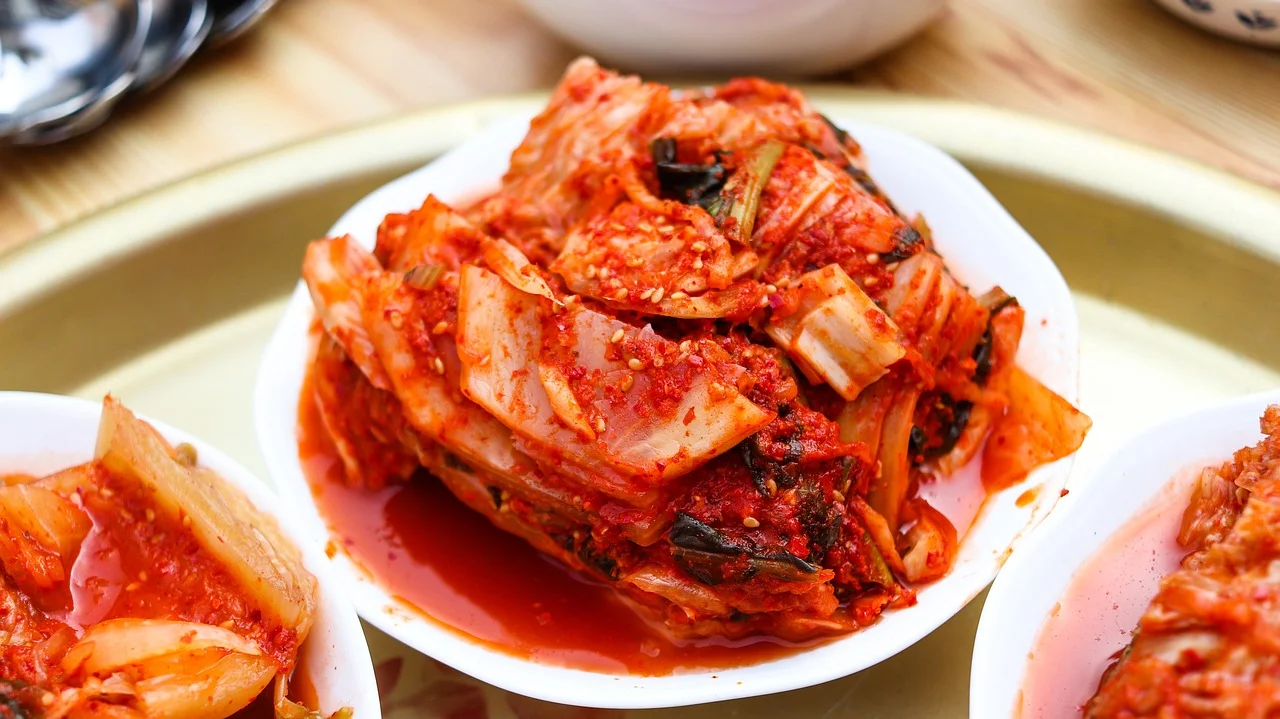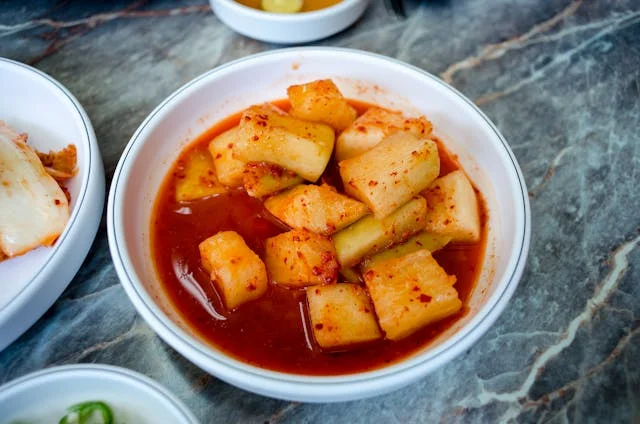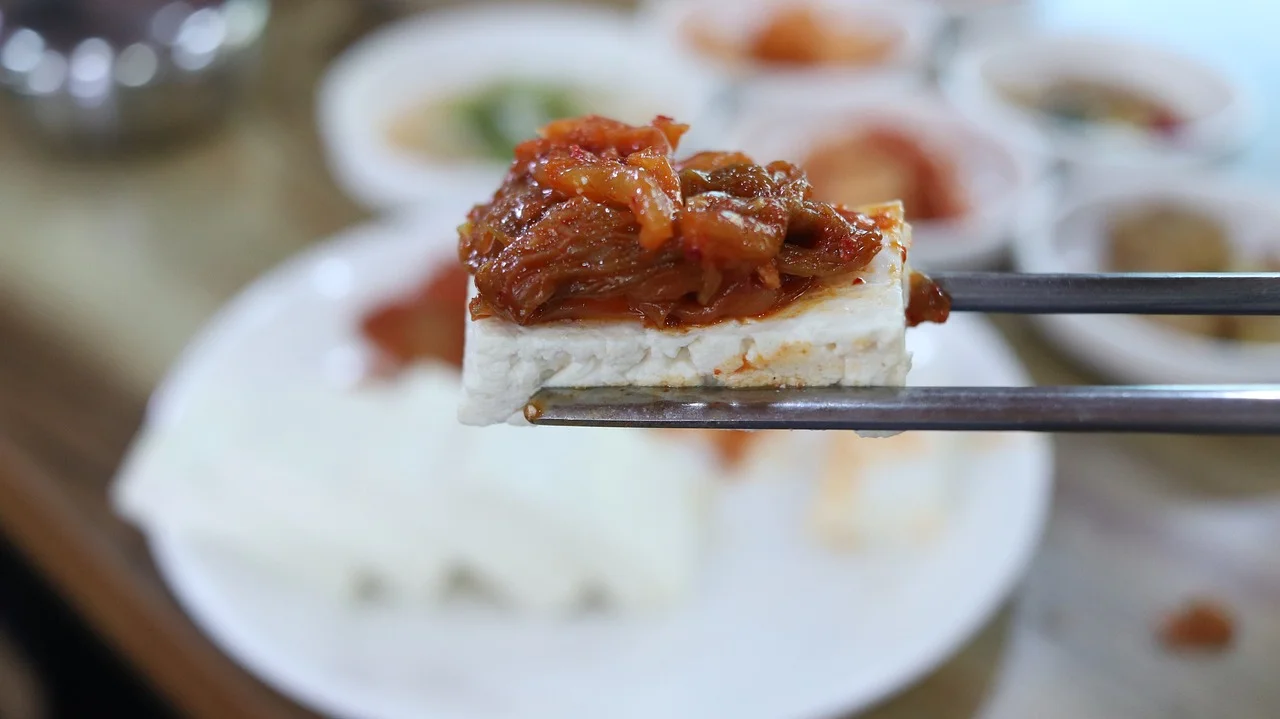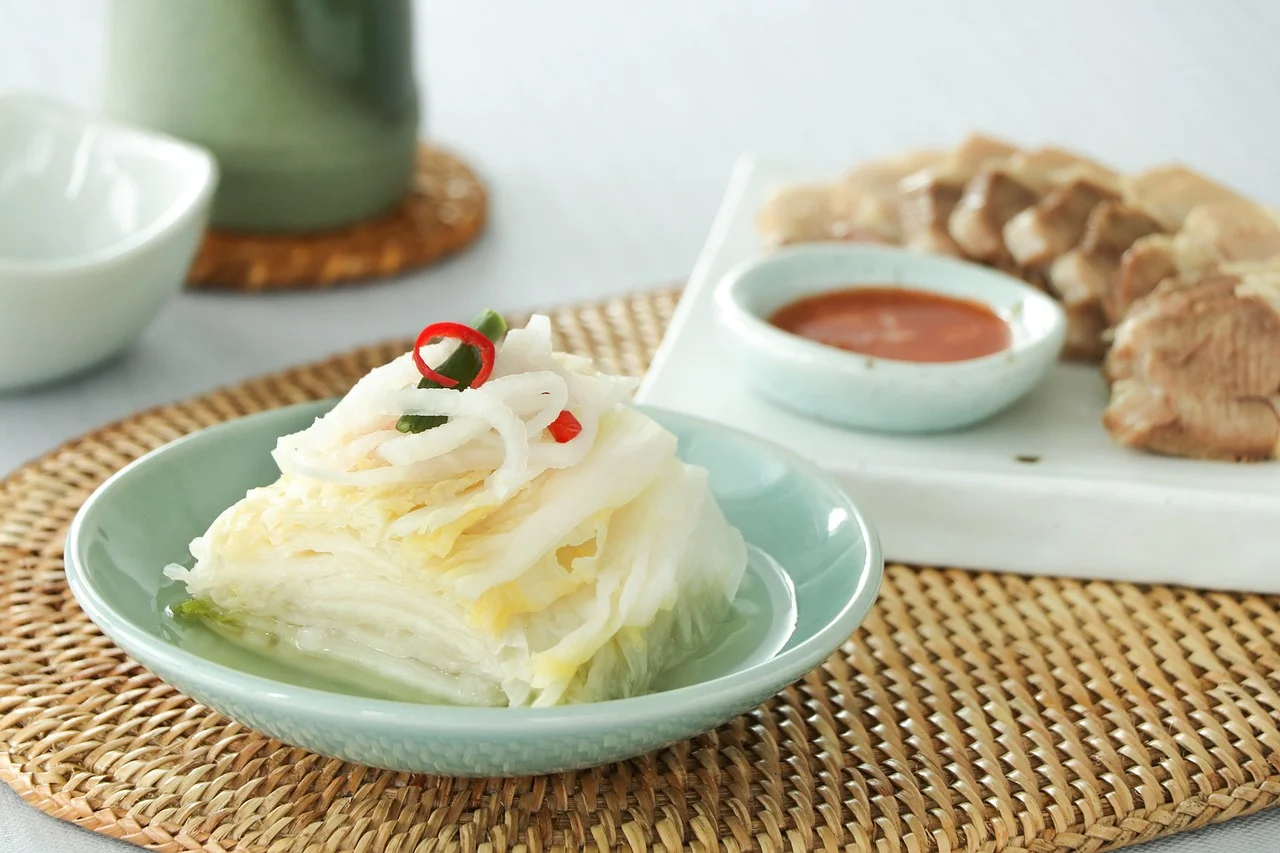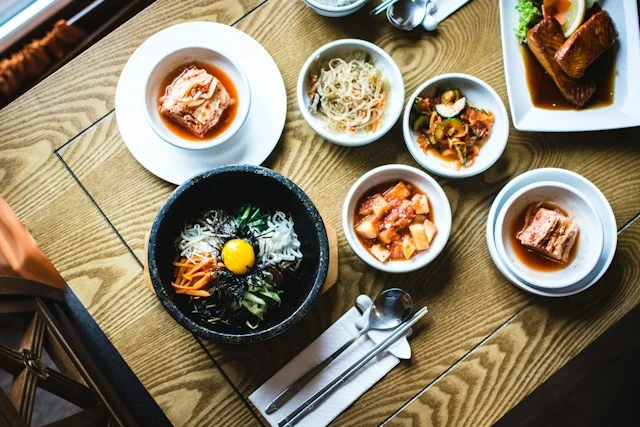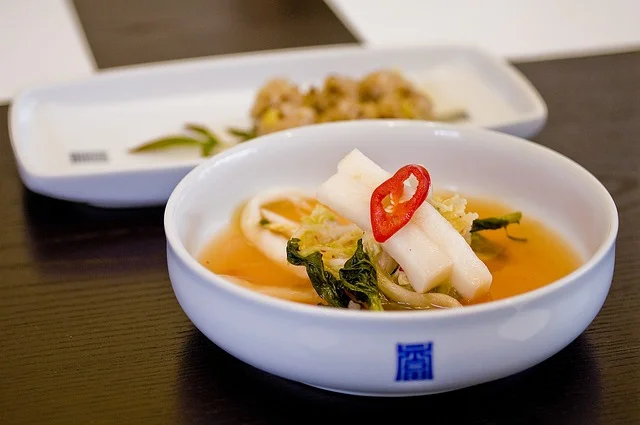Embark on a Flavorful Journey: Exploring the World of Kimchi
Dive into the tangy and pungent world of kimchi, a staple dish in
Korean cuisine that boasts a unique combination of fermented vegetables, spicy seasonings,
and bold flavors. From its ancient origins in Korea to its widespread popularity on tables
around the globe, kimchi offers a delicious and satisfying culinary experience that is as
rich in history as it is in taste. Join us as we delve into the origins, varieties, and
cultural significance of this beloved dish.
Origins and Tradition: Tracing the History of Kimchi
Kimchi has a rich and storied history that dates back over 2,000
years to ancient Korea. Originally developed as a means of preserving vegetables during the
harsh winter months, kimchi has evolved into a beloved culinary tradition that is deeply
ingrained in Korean culture. Traditionally made with napa cabbage, radishes, or other
vegetables, kimchi is fermented with a mixture of garlic, ginger, chili peppers, and other
seasonings, giving it its signature tangy and spicy flavor.
Regional Delights: Exploring Kimchi Varieties
Kimchi comes in a wide variety of styles and flavors, each
reflecting the unique culinary traditions of different regions in Korea. Baechu kimchi, made
with napa cabbage, is perhaps the most well-known variety and is enjoyed year-round by
Koreans and kimchi enthusiasts alike. Other popular varieties include kkakdugi, made with
cubed radishes, and oi sobagi, made with cucumbers. Each variety of kimchi has its own
distinct flavor profile, ranging from mild and refreshing to spicy and intense.
Global Influence: Kimchi's Rise to Culinary Prominence
In recent years, kimchi has gained popularity beyond its Korean roots and has become a
beloved dish in restaurants around the world. Its bold flavors, healthful ingredients, and
versatility have made it a favorite among food enthusiasts seeking exciting and exotic
culinary experiences. From upscale Korean eateries to trendy fusion restaurants, kimchi can
be found on menus in cities and towns across the globe, delighting diners with its bold and
complex flavors.
The Art of Kimchi-Making: Crafting the Perfect Batch
Crafting the perfect batch of kimchi requires skill, patience, and attention to detail.
Chefs must carefully select the freshest vegetables and prepare them with a mixture of salt
and seasonings to kickstart the fermentation process. The kimchi is then packed into jars or
crocks and left to ferment for several days or weeks, allowing the flavors to develop and
mature. The end result is a tangy and flavorful dish that is as delicious as it is
nutritious.
Savor the Experience: Enjoying Kimchi's Bold Flavors
Whether enjoyed as a side dish, a condiment, or a main course, kimchi offers a culinary
experience that is both satisfying and invigorating. The tangy and spicy flavors of the
fermented vegetables, combined with the crunch of fresh vegetables and the kick of chili
peppers, create a symphony of tastes and textures that tantalize the taste buds and awaken
the senses. With each bite, diners are transported to the bustling markets and vibrant
streets of Korea, where the air is filled with the irresistible aroma of freshly prepared
kimchi.
Conclusion: Celebrating Kimchi's Culinary Legacy
As we celebrate the rich history and global appeal of kimchi, let us continue to embrace and
enjoy this beloved dish that embodies the bold flavors and culinary traditions of Korea.
Whether enjoyed in a traditional Korean restaurant or a trendy fusion eatery, kimchi reminds
us of the power of food to bring people together, evoke cherished memories, and create
unforgettable culinary experiences. So, grab a pair of chopsticks, dig into a bowl of
kimchi, and embark on a flavorful journey that celebrates the rich culinary legacy of this
iconic dish.
